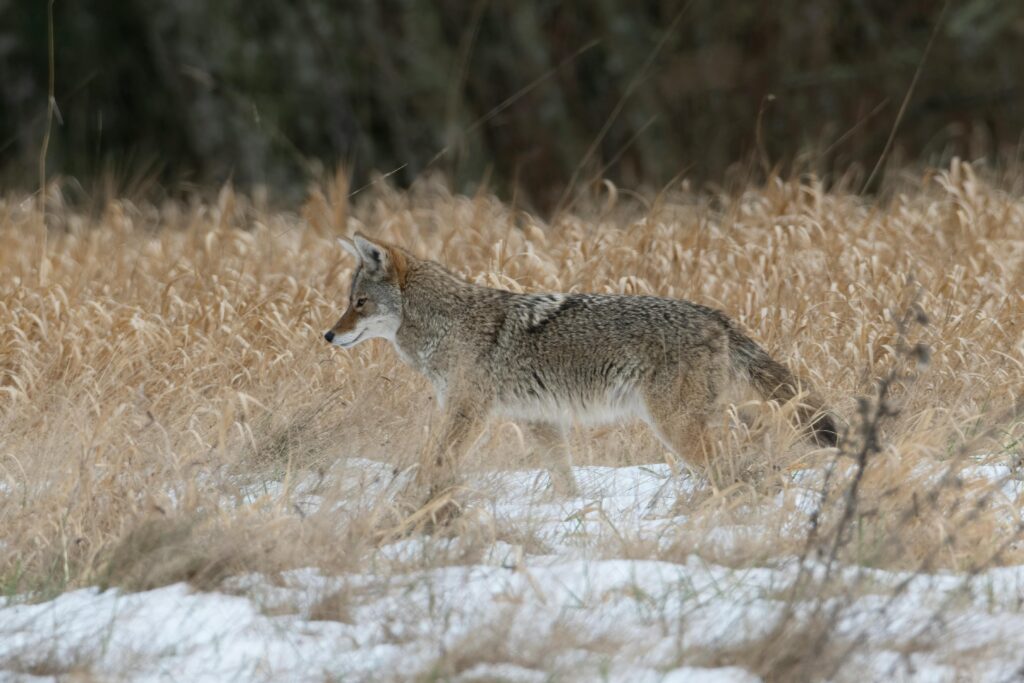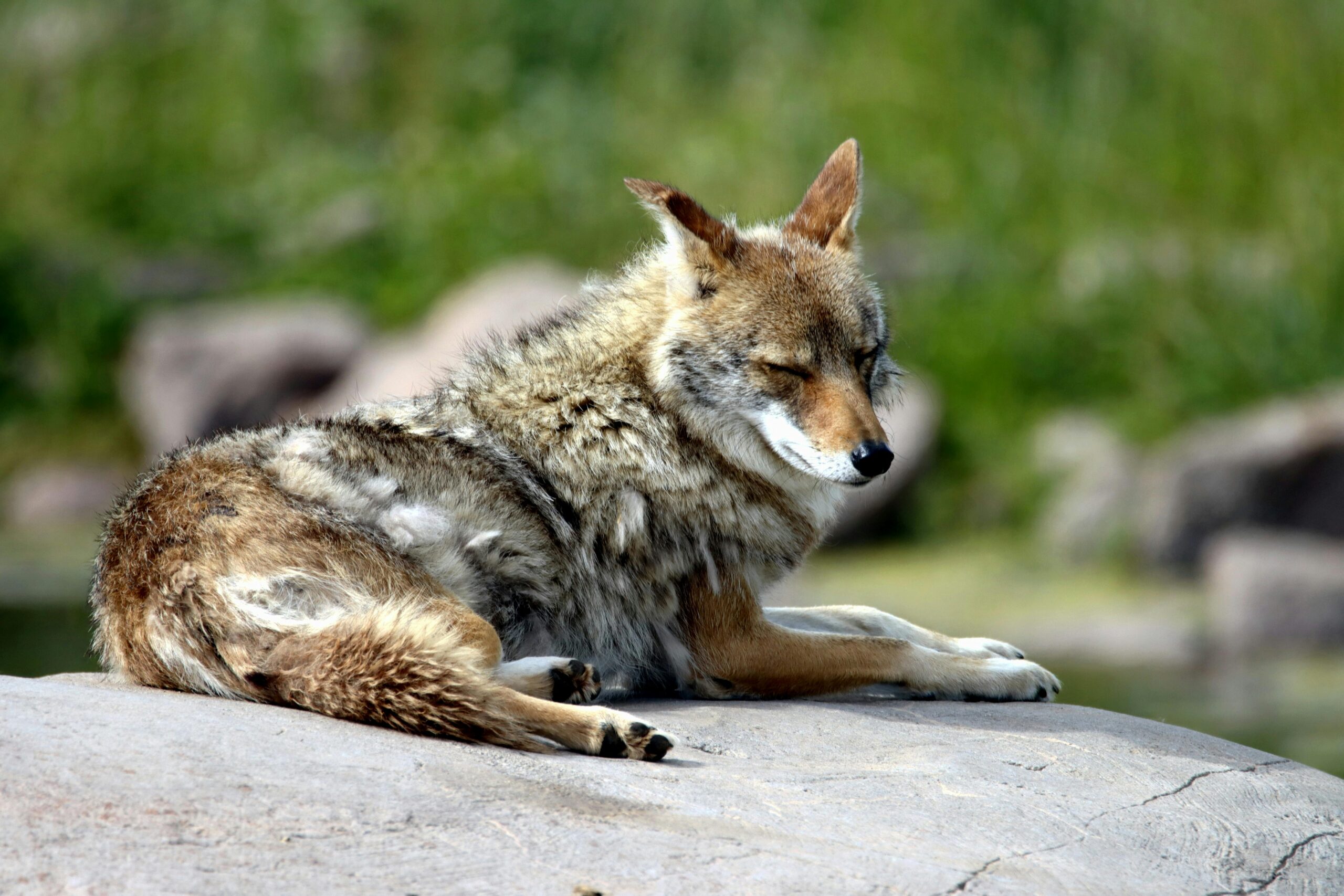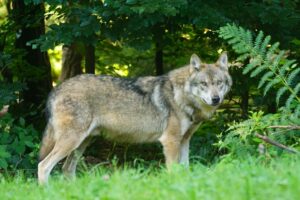Introduction:
Coyotes, the elusive canines roaming both rural landscapes and urban neighborhoods, pose challenges for property owners and pet owners alike. As their populations expand and their interactions with humans increase, it becomes crucial to understand effective strategies for coexisting with these intelligent creatures. In this comprehensive guide, we unveil the top 10 best strategies for outsmarting coyotes, offering practical advice and expert insights to help you protect your property and pets.

1. Understanding Coyote Behavior
Coyotes are highly adaptable creatures with complex social structures and behaviors. Understanding their behavior patterns is essential for devising effective management strategies. We delve into the intricacies of coyote behavior, exploring their territorial instincts, hunting techniques, and communication methods.
1.1 Territorial Dynamics
Coyotes exhibit territorial behavior, marking their territories with scent markings and vocalizations. Learn how to identify and interpret these territorial cues to avoid confrontations.
1.2 Hunting Strategies
Explore the hunting strategies employed by coyotes, including solitary hunting and cooperative pack hunting. Understanding their hunting patterns can help you mitigate risks to your pets and livestock.
2. Securing Your Property
Protecting your property from coyote intrusion requires strategic planning and implementation of deterrent measures. We offer practical tips for securing your property effectively.
2.1 Fencing Solutions
Discover the most effective fencing solutions to keep coyotes out of your property boundaries. From electric fencing to coyote rollers, explore various options tailored to your specific needs.
2.2 Outdoor Lighting
Implementing adequate outdoor lighting can deter nocturnal coyote activity on your property. Learn how strategic lighting placement can discourage coyotes from approaching.
3. Pet Safety Measures
Pet owners must take proactive measures to ensure the safety of their furry companions in coyote-prone areas. We outline essential pet safety strategies to minimize the risk of encounters.
3.1 Supervised Outdoor Time
Limiting unsupervised outdoor time for pets can reduce the likelihood of coyote confrontations. Explore ways to create secure outdoor enclosures for your pets.
3.2 Leash Policies
Enforcing leash policies during walks and outdoor activities can prevent pets from wandering into coyote territories. Learn how to train your pets to walk on a leash effectively.
4. Habitat Modification
Modifying your property’s habitat can make it less attractive to coyotes seeking food and shelter. We discuss practical habitat modification techniques to deter coyote activity.
4.1 Removing Attractants
Identify and remove potential food sources and shelter options that may attract coyotes to your property. From securing garbage bins to clearing brush piles, every step counts.
4.2 Native Plant Landscaping
Opt for native plant landscaping to create an environment less hospitable to coyotes. Discover which native plants can enhance your landscape while deterring coyote activity.

5. Scare Tactics
Employing scare tactics can effectively deter coyotes from lingering on your property. We explore various scare tactics and their efficacy in repelling coyotes.
5.1 Visual Deterrents
Utilize visual deterrents such as scarecrows, motion-activated lights, and reflective tape to startle and deter coyotes. Learn how to strategically place these deterrents for maximum effectiveness.
5.2 Auditory Deterrents
Harness the power of sound to deter coyotes by using devices that emit loud noises or predator calls. Explore the effectiveness of auditory deterrents in modifying coyote behavior.
6. Community Collaboration
Building a network of collaboration within your community can strengthen efforts to manage coyote populations effectively. We highlight the importance of community involvement and cooperation.
6.1 Neighborhood Watch Programs
Initiate or join neighborhood watch programs focused on monitoring and reporting coyote sightings and activities. Learn how collective vigilance can enhance community safety.
6.2 Education and Awareness Campaigns
Raise awareness about coyote behavior and management strategies through educational initiatives and community outreach programs. Empowering residents with knowledge is key to fostering proactive coyote management.
7. Professional Assistance
Seeking assistance from wildlife professionals can provide valuable insights and resources for managing coyote encounters. We discuss when and how to enlist professional help effectively.
7.1 Wildlife Agencies
Contact local wildlife agencies or conservation organizations for guidance on coyote management practices and regulations. Explore available resources and support for addressing coyote-related concerns.
7.2 Pest Control Services
Consider hiring pest control services specializing in humane wildlife management techniques. Learn about the options available for safely and ethically resolving coyote conflicts.

8. Legal Considerations
Navigating legal considerations related to coyote management is essential for ensuring compliance with regulations and ordinances. We outline key legal considerations and obligations for property owners.
8.1 Wildlife Protection Laws
Familiarize yourself with wildlife protection laws and regulations governing coyote management in your area. Stay informed about legal obligations and restrictions concerning trapping and relocation.
8.2 Liability Issues
Understand liability issues associated with coyote encounters on your property, including pet attacks and property damage. Take proactive measures to mitigate liability risks and protect your interests.
9. Continuous Monitoring and Adaptation
Coyote management requires ongoing monitoring and adaptation to changing circumstances. We emphasize the importance of continuous vigilance and adjustment of management strategies.
9.1 Surveillance Techniques
Utilize surveillance techniques such as trail cameras and tracking methods to monitor coyote activity on your property. Learn how to interpret surveillance data to inform management decisions.
9.2 Flexibility in Strategies
Remain flexible in your approach to coyote management, adapting strategies based on observed behavior and effectiveness. Explore alternative tactics and solutions as needed to address evolving challenges.
10. Coexistence and Respect
Promoting coexistence and respect between humans and coyotes is essential for long-term harmony. We advocate for ethical and compassionate approaches to coyote management and conservation.
10.1 Ethical Considerations
Consider the ethical implications of coyote management practices, prioritizing non-lethal and humane solutions whenever possible. Explore ethical dilemmas and solutions in balancing human interests with wildlife welfare.
10.2 Conservation Efforts
Support conservation efforts aimed at preserving coyote populations and their habitats while minimizing conflicts with humans. Learn how conservation initiatives contribute to sustainable coexistence and biodiversity conservation.




